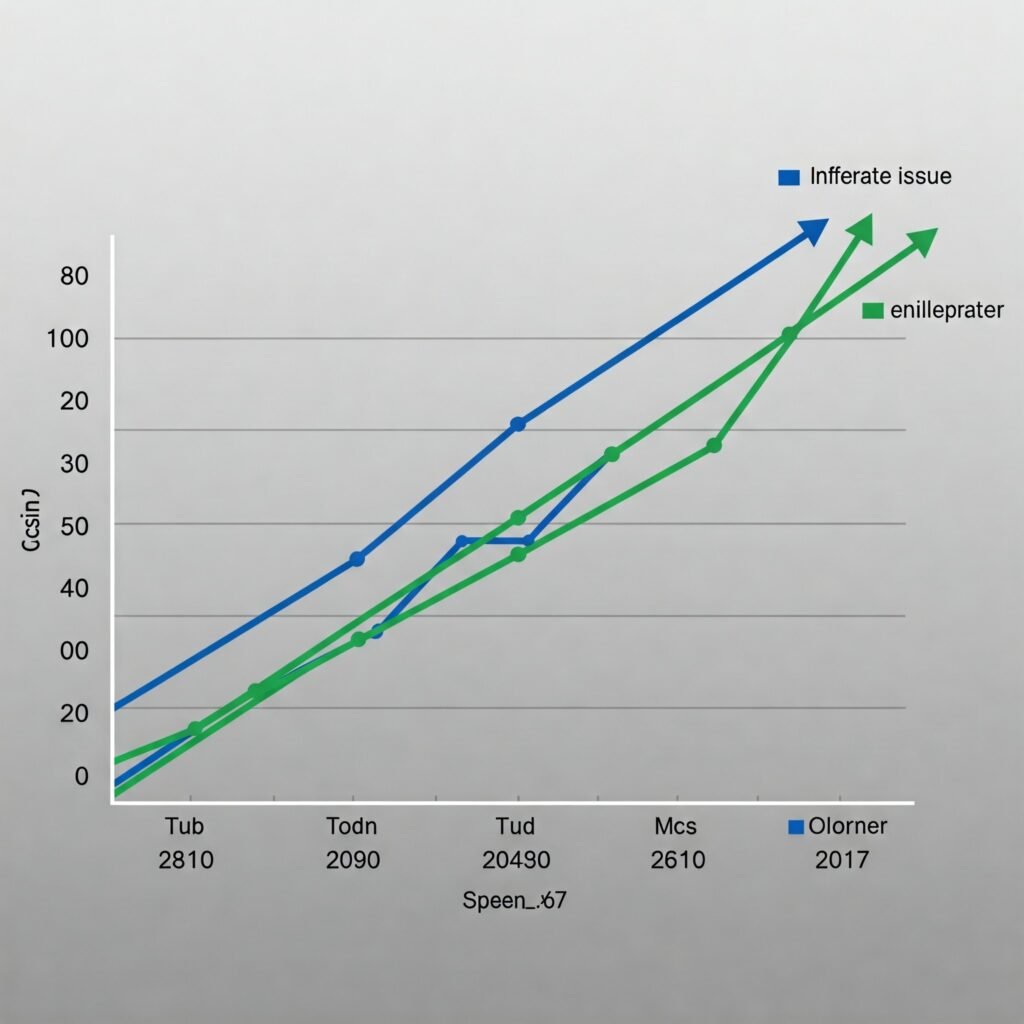Have you followed a political candidate? Did you feel you knew their stance on the issues? Sometimes, that position subtly (or not so subtly) shifts closer to election day. This is often labeled Candidate Flip-Flops. It’s not just political showmanship. Understanding why and when candidates change their stances is crucial. This is especially true just before the polls open. This post will explore these shifts. We’ll look at potential reasons. We’ll also discuss how you, as a voter, can evaluate them.
Candidate Flip-Flops: What Exactly Are They?
A Candidate Flip-Flop is a significant change. It means a shift in a political candidate’s stance on a specific issue. We’re not talking about minor tweaks here. This is about moving from one position to a distinctly different one. Often, it’s the opposite stance. Consistency in politics is usually valued. It shows conviction. However, change itself isn’t always bad. A candidate might genuinely change their thinking. New information or circumstances could cause this. But watch for changes timed strategically. Shifts happening right before an election often get the “flip-flop” label. This raises questions about a candidate’s real motives and authenticity.
Candidate Flip-Flops: Why Do They Happen Before Elections?
Timing makes a position change notable. Shifts occurring close to an election are often seen as strategic. Here are some common reasons behind Candidate Flip-Flops leading up to voting:
Candidate Flip-Flops: Responding to Public Opinion (Polls)
Polls are constant during election cycles. A candidate’s stance on a key issue might be unpopular. This could alienate voters they need to win. They might then adjust their position. The goal is to match majority opinion. This is a direct response to voter demand shown in polls.
Candidate Flip-Flops: Shifting Political Landscape
Major events can change things. New data or changes nationally or globally happen. These fundamentally alter the political landscape. A candidate’s old position might seem impractical now. It could also become unpopular. This happens given current realities. Adapting their stance could be seen as pragmatic.
Candidate Flip-Flops: Learning New Information
Policy issues are complex. A candidate might receive new research. They could hear expert analysis. Real-world consequences might challenge their old beliefs. This can lead them to adopt a new position. This change can be framed as growth or learning.
Candidate Flip-Flops: Strategic Calculus for Winning
Candidates ultimately want to win elections. A position great for a primary (appealing to the party base) might hurt them later. It could be a liability in a general election. There, they need wider or swing voter appeal. Shifting positions can be a calculated move. It helps broaden appeal and get more votes.
Candidate Flip-Flops: Notable Examples and Context
History shows many instances. Politicians have been accused of Candidate Flip-Flops. Naming current, specific examples can be tricky. They get outdated fast. They can also seem biased. Instead, let’s discuss the types of issues involved. Changes happen frequently on these topics:
- Tax Policy: Moving from wanting lower taxes for everyone. Then shifting to supporting targeted tax cuts. Or perhaps even tax increases on certain groups.
- Healthcare Reform: Altering views on the government’s role in healthcare. Changing support for specific laws. This includes the Affordable Care Act or its alternatives. It also covers approaches to insurance coverage.
- Social Issues: Positions evolve on topics like marriage equality or abortion rights. Criminal justice reform views can also change. This often reflects shifts in society’s attitudes. Legal rulings also play a role.
- Foreign Policy/Trade: Views alter on international agreements. Opinions on trade tariffs change. Stances on military intervention can shift. This happens based on changing global dynamics. Domestic economic impact also matters.
Consider the context of any change. Was it a slow evolution? Or was it a sudden reversal? Did the candidate give a clear explanation for it?

Candidate Flip-Flops: The Voter’s Perspective and Evaluation
Candidate Flip-Flops can frustrate voters. They might feel trust is eroded. It can become hard to predict governance. However, a thoughtful voter can look deeper. They can go beyond the simple “flip-flop” label. Evaluate the change critically.
Candidate Flip-Flops: Consistency vs. Growth
Is the candidate showing a lack of core beliefs? Or do they show an ability to learn and adapt? A change based on new facts might differ. It’s viewed differently than a change purely for political gain. Consider the reason behind the shift.
Candidate Flip-Flops: The Reason Behind the Change
Did the candidate explain their shift well? Did they acknowledge their old stance? A clear explanation can be respected. This is true even if you dislike the new position. It’s better than denial or avoidance.
Candidate Flip-Flops: Impact on Policy
Think about the outcome. How will the new position affect actual policy? How will it impact your life? Focus on the substance of the new stance. Look at its possible results. Don’t get stuck just on the fact that a change happened.

How to Spot Candidate Flip-Flops: Tips for Voters
Navigating politics needs research. Here’s how you can spot and analyze Candidate Flip-Flops:
- Research Their History: Look at past speeches. Check voting records. Read old interviews. Visit past campaign websites. Websites like Politifact or FactCheck.org often track politician statements. (Outbound link suggestion: Link to Politifact or FactCheck.org).
- Note the Timing: When did the change occur? Was it right after bad polls? Did it happen after a major news event? Was it during a key part of the campaign?
- Listen for the Explanation: Does the candidate talk about changing their position? Do they justify it? They might cite new information. They could mention changed circumstances. Maybe they talk about an evolution of their thoughts.
- Compare to Core Values: Does the new position fit the candidate’s overall political ideas? Does it align with their stated values? Or does it seem out of character?

The Bottom Line on Candidate Flip-Flops
Candidate Flip-Flops are a complex part of politics. Sometimes, they might signal a lack of strong beliefs. They could show a willingness to say anything to win. But they can also show real growth. They might indicate adapting to new facts. Or they could be a necessary strategy. Candidates need wider appeal. As a voter, look past the simple label. Examine the why and the when. Evaluate the new position itself. Stay informed. Critically assess candidate statements. This is the best way to decide before you vote.




